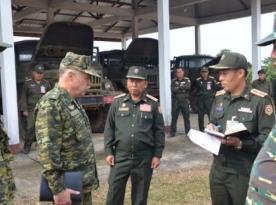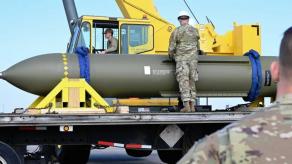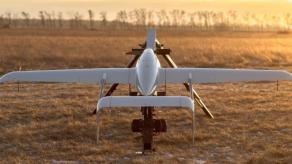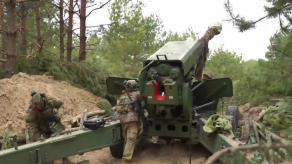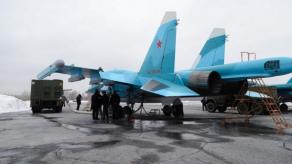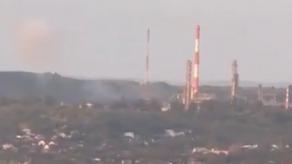The missile attack unleashed on Ukrainian cities on December 29th marked the largest assault to date in terms of the number of weapons launched at Ukraine simultaneously — russia expended 158 cruise missiles and loitering munitions of all types.
Amidst this, several unofficial sources suggested that one of the russian Tu-22M3 strategic bombers was downed by the Ukrainians. While no official confirmation has been received, let's explore the theoretical possibility of intercepting a Tu-22M3 with the available assets.
Read more: russia Spent At Least $1.27 billion on Friday’s Massive Air Attack on Ukraine
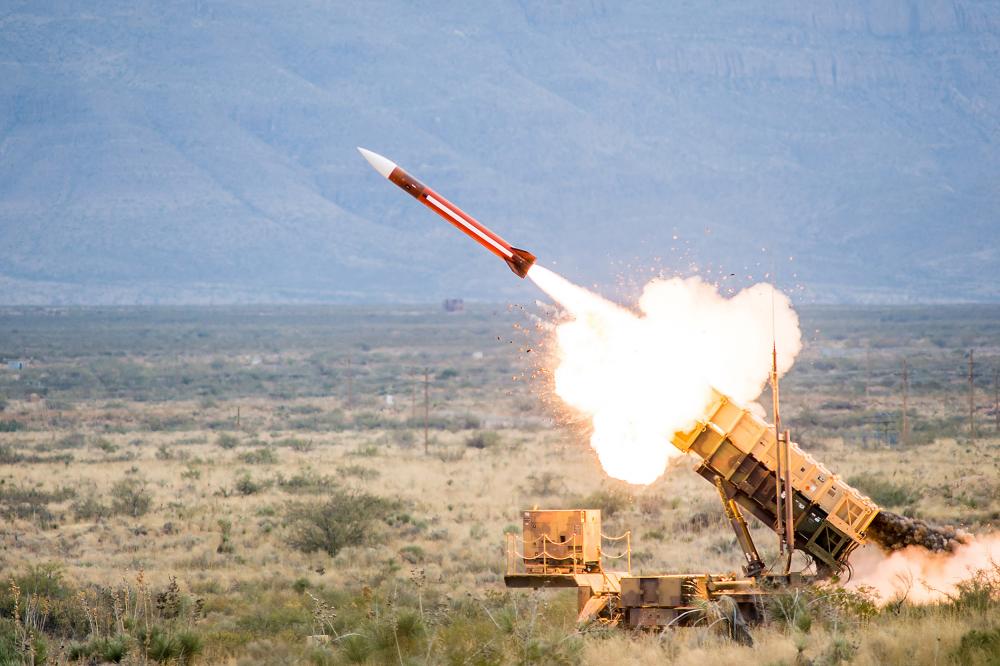
The first option that comes to mind is that the Patriot could do that. After all, this is so far the most far-reaching air defense system in the Ukrainian Air Force arsenal, with PAC-2 GEM-T missiles capable of intercepting targets up to 160 km away. Notably, the Patriot system has been credited with downing multiple Su-34s and one Su-30 aircraft in recent days.
However, the primary weapon deployed by the Tu-22M3, the Kh-22 cruise missile, has an extensive range:
- Kh-22 cruise missile, developed in the 1960s — 330 km;
- Kh-22M (1974) and Kh-22N (1976) — 400 km;
- Kh-22NA with a small thermonuclear warhead — 600 km;
- Kh-32, a version finished in the russian federation after the collapse of the Soviet Union — 600–1000 km, varying from source to source.
These range parameters are extremely important for understanding how close Tu-22M3 bombers need to approach the target prior to the strike. For instance, a theoretical minimum launch range of 400 km is assumed.
Essential to this analysis are recent events on December 29th, where russian forces reportedly used Kh-22 missiles to target Smila, according to Ukraine's local prosecutor's office. The Ukrainian Air Force added that the strike was launched from the Kursk region, approximately 80–90 km from the Ukrainian border. Considering these as input data, we can then explore the interception potential.
Let's hypothetically position a Patriot system about 40 km from the border on the Ukrainian side. This would mean the Tu-22M3 release point falls within the 160 km range of the Patriot system.

However, besides the target engagement range, any surface-to-air system or air-to-air missile has such a parameter as no escape zone — the distance at which the enemy aircraft will not be able to leave the attack range no matter what it does. It is crucial for success because as soon as the aircraft's on-board systems notice the hostile activities of enemy radar, the pilots perform defensive maneuvers and try to break the distance.
The no-escape zone for PAC-2 GEM-T missiles is approximately 110 km, necessitating the Patriot to be positioned even closer, almost on the border with russia, for a guaranteed defeat.

It's crucial to note that these calculations are purely illustrative, based on the minimum estimated range of the Kh-22. Additional factors, such as the Tu-22M3's ability to perform defensive maneuvers, remain open to discussion and practical verification.
Still, this should explain why even with Patriot in operation, it's not so simple to take down strategic bombers. Not to mention, russians can easily adapt to the Patriot threat simply by choosing targets closer to their positions or utilizing longer-ranged Kh-32s.
Moreover, the russia realizes the lack of long-range air defense systems in Ukraine and can afford to deploy Tu-22M3s with Kh-22 missiles occasionally, realizing that due to the lack of such systems, the Ukrainian Air Force simply cannot deploy its scarce air defense system in a random spot in anticipation of a lucky success.
Plus, the russian forces do not even use the Kh-22 against objects that are usually covered by anti-aircraft defenses capable of intercepting such missiles, preferring civilian targets. This also explains why none of the Kh-22s was shot down on December 29th, as reported by the Air Force Command.
Nevertheless, the estimates remain in the theoretical dimension, while in practice, Ukrainian forces have repeatedly demonstrated they can undertake effective operations, unexpected by the enemy.
Read more: After Losing Three Su-34, What Options russian Pilots Have Left to Keep Carry Out Missions







